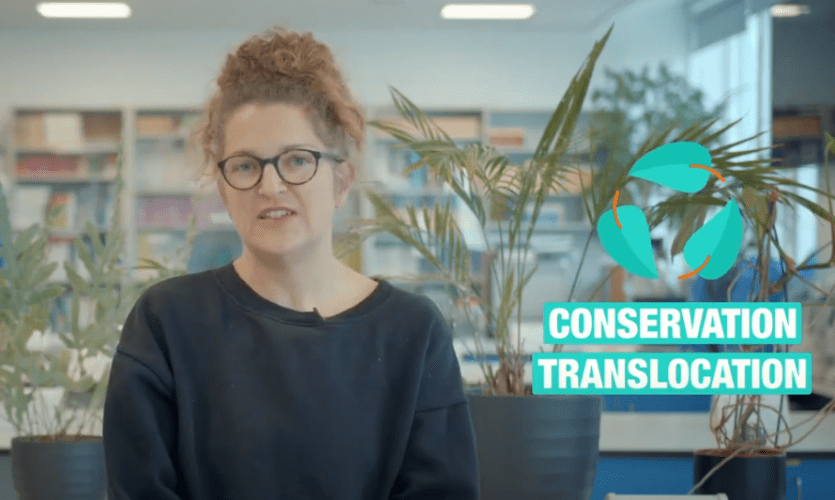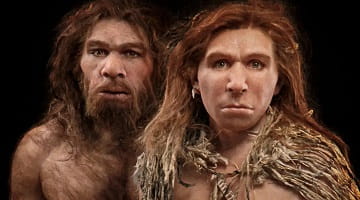'Let's reverse the damage we've done to the planet'
Video: Dr Sarah Dalrymple, LJMU Reader in Conservation Ecology discusses her research work on Conservation Translocation and other reintroductions
Research at LJMU is helping to make a difference to the species extinction crisis by implementing conservation translocation best practice and advising government inquiries.
Making a difference to the species extinction crisis
The Environment, Food and Rural Affairs Parliamentary Select Committee is driving forward a country-wide species reintroductions database following recommendations from LJMU research. Dr Sarah Dalrymple, Reader in Conservation Ecology and project lead, advised at a recent Parliamentary Select Committee Inquiry into the subject. The decision to create the database means England will have the first Government-sponsored reintroductions database in the world.
So what is conservation translocation and species introduction?
The goal of conservation translocation is to make a genuine difference to the species extinction crisis on earth. Conservation translocation doesn’t just move a plant or animal species from one place to another, it ensures that there is a long-term solution for the wild population to enable it to survive.
Dr Sarah Dalrymple, Reader in Conservation Ecology and lead researcher on the project, said:
“About 20 years ago I was studying my PhD on a threatened plant species in Scotland, small cow wheat/Melampyrum sylvaticum, and started a reintroduction of the species. It started my passion for reintroductions and conservation translocations more widely.
“The extinction crisis can make people feel pretty hopeless sometimes, but species reintroductions and habitat restoration are a positive way to try and reverse the damage we’ve done to the planet.”
The research at LJMU
LJMU conservation ecology research is already having an impact in the field. Currently the team are working with external practitioners on field sites, where plant or animal species are being reintroduced, to help make them more effective, including using:
-
Computer-based approaches to model how the climate might change in the future and where to find suitable habitats
-
Using research to monitor how we can better understand how plants and animals behave once we reintroduce them into the wild
The LJMU team is currently working on a variety of different projects, including research by Stephanie Evers and Mike Longden on peat bogs between Salford and Warrington, monitoring the beaver reintroductions into Delamere Forest, Cheshire by Lucia Galvez Bravo, and Sarah Dalrymple's work creating UK Policy best practice guidance for those working on species reintroduction.
Find out more about Biodiversity and Conservation at LJMU
You can find out more about LJMU Biodiversity and Conservation research here.
LJMU’s commitment to the UN Sustainable Development Goals
The research highlights LJMU’s commitment to the 17 UN Sustainable Development Goals with ‘climate action’ and ‘life on land’ ambitions aligning with the work. You can find out more about LJMU’s commitment to the Sustainable Development Goals here.
Research at LJMU
You can find out more about research at LJMU on the Impact Hub.



